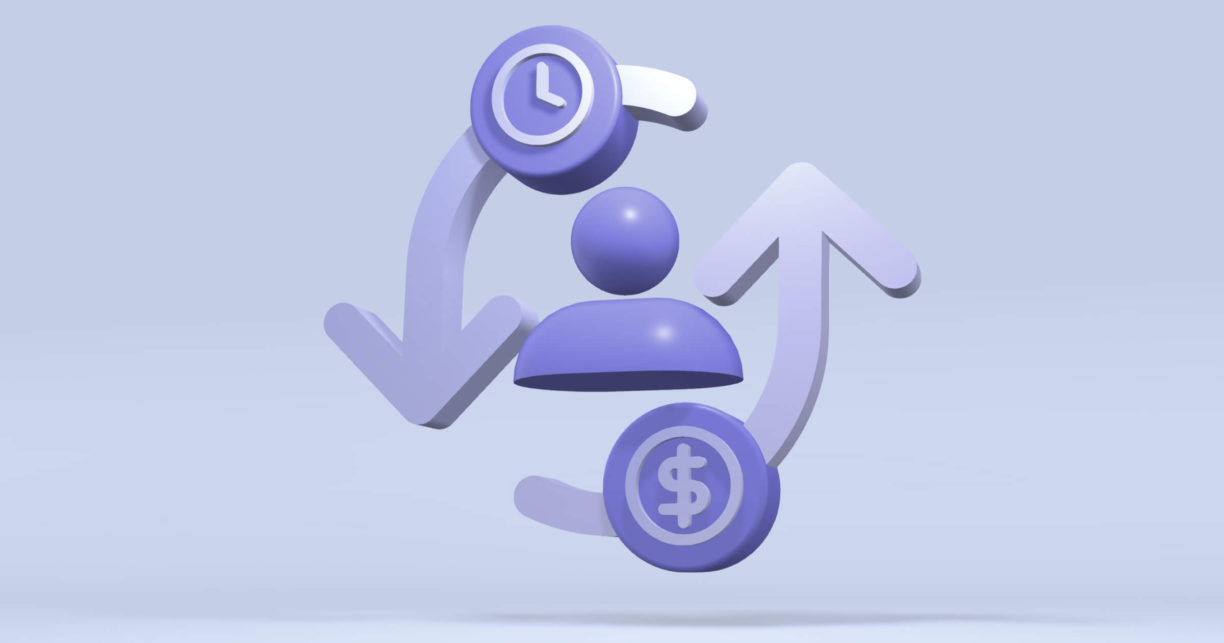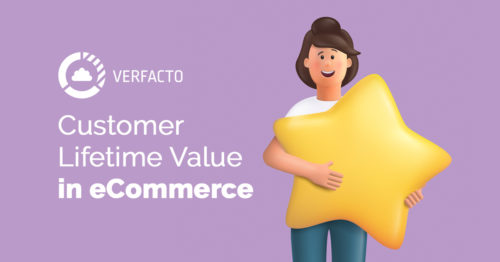Every business has different strategies for customer acquisition, but there are certain similarities among startups.
One of the metrics that’s considered before optimizing customer acquisition is the Customer Lifetime Value (LTV) to Customer Acquisition Cost (CAC) ratio (LTV:CAC ratio). For e-commerce, this is the ratio between the average value of a customer and the average cost per customer.
This can be useful in many ways, and you should include it when deciding how to acquire customers. Correctly understanding this metric enables optimization of customer acquisition by focusing on getting customers in your market worth more than what’s spent on acquiring them.
This post will show you what are LTV and CAC, why they are important, how to calculate the LTV:CAC ratio for e-commerce and discuss its benefits.
What is LTV?
LTV, or Customer Lifetime Value (CLV), is a metric that defines the total average annual recurring revenue a customer will bring to your business.
It’s usually calculated as the present value of future income from that customer. If you’re just starting and don’t have any data on your customers’ lifetime value, LTV is usually estimated by calculating some average value for each customer.

To calculate and predict LTV, you need to know three things:
The average purchase frequency rate—how often your customers buy from you
The average purchase value—how much they spend per purchase
The customer lifespan—how long they stay as an active customer
For example, a typical customer spends about $1000 per month with you for ten months in total before he leaves (or you stop serving him). Then LTV = $1000 * 10 = $10000.
Take good care of your most spending customers
Implement LTV attribute into your PPC, Email or On-site marketing campaigns and. Use it as a custom trigger or a way to segment your audience.
What is CAC?
Customer Acquisition Cost (CAC) is the cost of acquiring a customer or converting a prospect into a paying customer. The metric includes the costs associated with marketing, advertising, sales, and all other efforts a business puts into finding and converting a customer. This is a critical metric for any business as it impacts revenue and gross margin.
Customer acquisition cost can be calculated using this formula:
Customer Acquisition Cost = Cost of Sales plus Cost of Marketing expenses divided by the Number of New Customers Acquired.
I.e, CAC = cost of sales + cost of marketing/ number of new customers acquired.
What is the LTV:CAC Ratio?
When you’re looking to start an eCommerce store, one of the most important metrics to consider is the ratio between customer lifetime value (LTV) and customer acquisition cost (CAC). LTV:CAC ratio can be used to determine whether your store is performing well enough.
In simple terms, you can think of this metric as the given period it takes for you to make money from a new customer.
For example, you have a customer who purchased $100 worth of products on their first purchase and then an additional $50 worth in future purchases over two years before they unsubscribe from your services or stop buying from you. This would give you an LTV per customer of $150 ($100 + $50 = $150).
Suppose we assume it costs you about $30 in advertising and other marketing costs to acquire this same customer. This means that each dollar spent acquiring customers eventually generates around five dollars in revenue ($150 / 30 = 5).
A good ratio indicates that your eCommerce business has a positive ROI.

The Formula
The formula for calculating your LTV:CAC ratio is as follows:
(LTV/CAC) = (Average Lifetime Value per Customer)/(Average Cost to Acquire Each Customer)
Let’s use an example that demonstrates how the formula works. Say you have a company that sells a product with an average lifetime value of $1000 and an average acquisition cost of $200. That means your ratio is 5:1. That’s good — it means that every dollar you spend acquiring new customers will result in $5 in profits over those customers’ lifetime.
What is a Good Ratio for eCommerce Businesses?
A good LTV:CAC is highly dependent on the type of business you’re operating. SaaS companies should shoot for around 3:1, and E-commerce companies have a much lower ratio and should vary between 1:1 to 2:1.
When it comes to your business model, the answer will be completely different from another company.
For example, let’s say you sell a $5,000 product that requires an entire team of field engineers to install, and then over time, you need to provide them with customer support. Your CAC will likely be much higher than a SaaS company that sells an annual subscription for $500. If you have such a high CAC, your LTV will also have to be higher for this ratio to make sense.
The key here is that your LTV should always exceed your CAC (ideally by 3X or more). So if each customer costs you $100 in sales and marketing expenses before they purchase anything, then the average lifetime value of each customer needs to be more than $300 for this expenditure to make sense.
This can vary based on industry verticals and how the product is marketed and sold. The bottom line is knowing what makes sense for your business model and what doesn’t so that you don’t lose money on every sale while hoping that they’ll stay around long enough to break even – because by then, it’ll likely be too late.
Ways to Improve Your Metrics

These strategies will increase Customer Lifetime Value (or LTV) without increasing CAC:
Find an ideal customer profile.
Watch which channels your top customers use to find you.
Optimize your pricing strategy.
Identify the lifetime habits of your top consumers by segmenting out different customer base.
Take constant feedback to reduce customer churn rate.
Find ways to upsell, cross-sell, and upcharge.
Consider moving away from transactions and giving customers more options for subscriptions and memberships.
Improve customer engagement in your app or online and watch for any changes in usage and frequency that can lead to more profit for you.
Conclusion
This article provided an overview of the customer lifetime value to customer acquisition cost ratio, its importance, and how it can be determined.
You should now have a strong sense of the importance of the LTV:CAC ratio and how to calculate it. You’ve seen several examples of the metric in action, and you’re aware of some ways to improve it.
Not only does this metric help you better understand how much money you gain from each of the customers added, but also it highlights opportunities for improvement for your company as a whole and how to enhance the gross margin for your brand.
The next time you find yourself examining the financial modeling of your marketing department’s impact on the company’s gross margin and the average revenue, ask your team whether they have checked their LTV:CAC ratio lately. It will surely be worth your while!
Take good care of your most spending customers
Implement LTV attribute into your PPC, Email or On-site marketing campaigns and. Use it as a custom trigger or a way to segment your audience.




